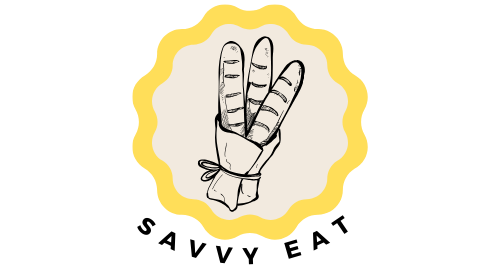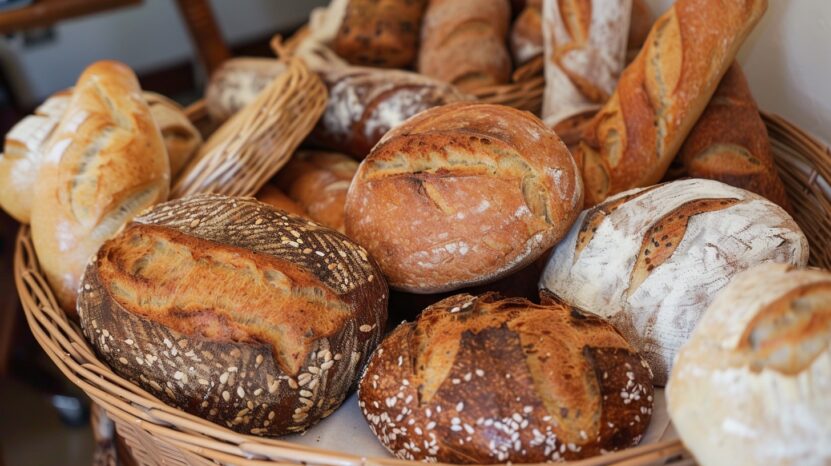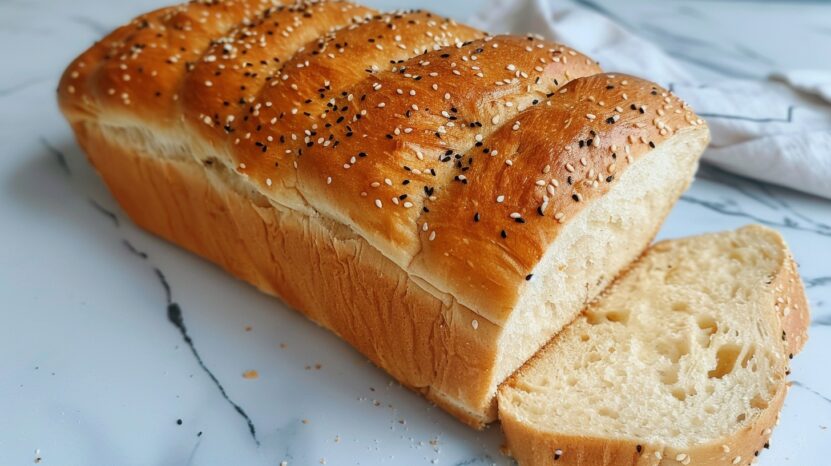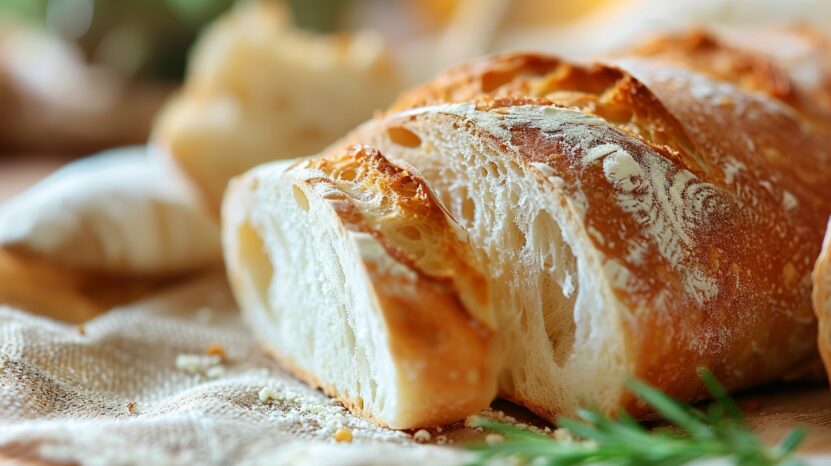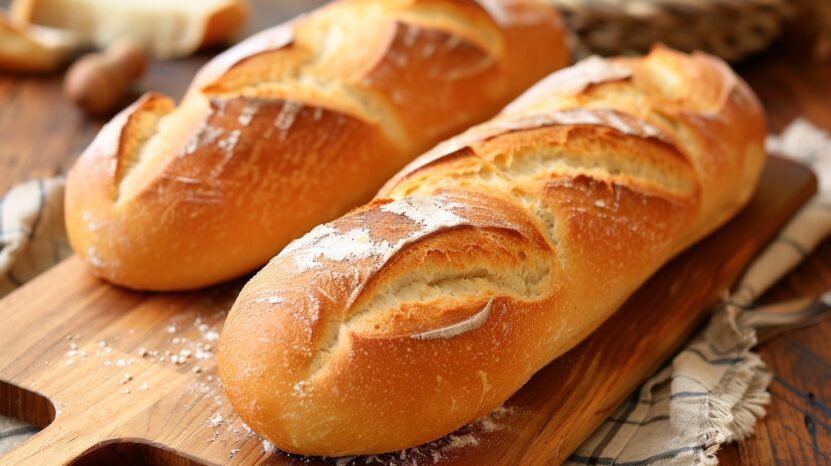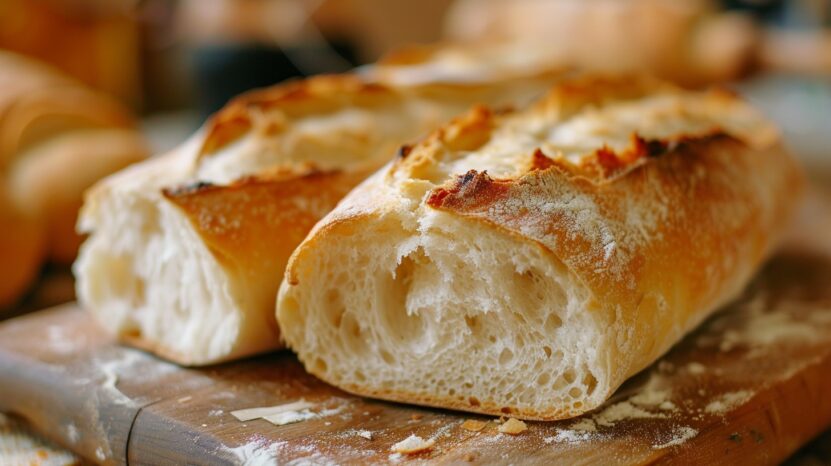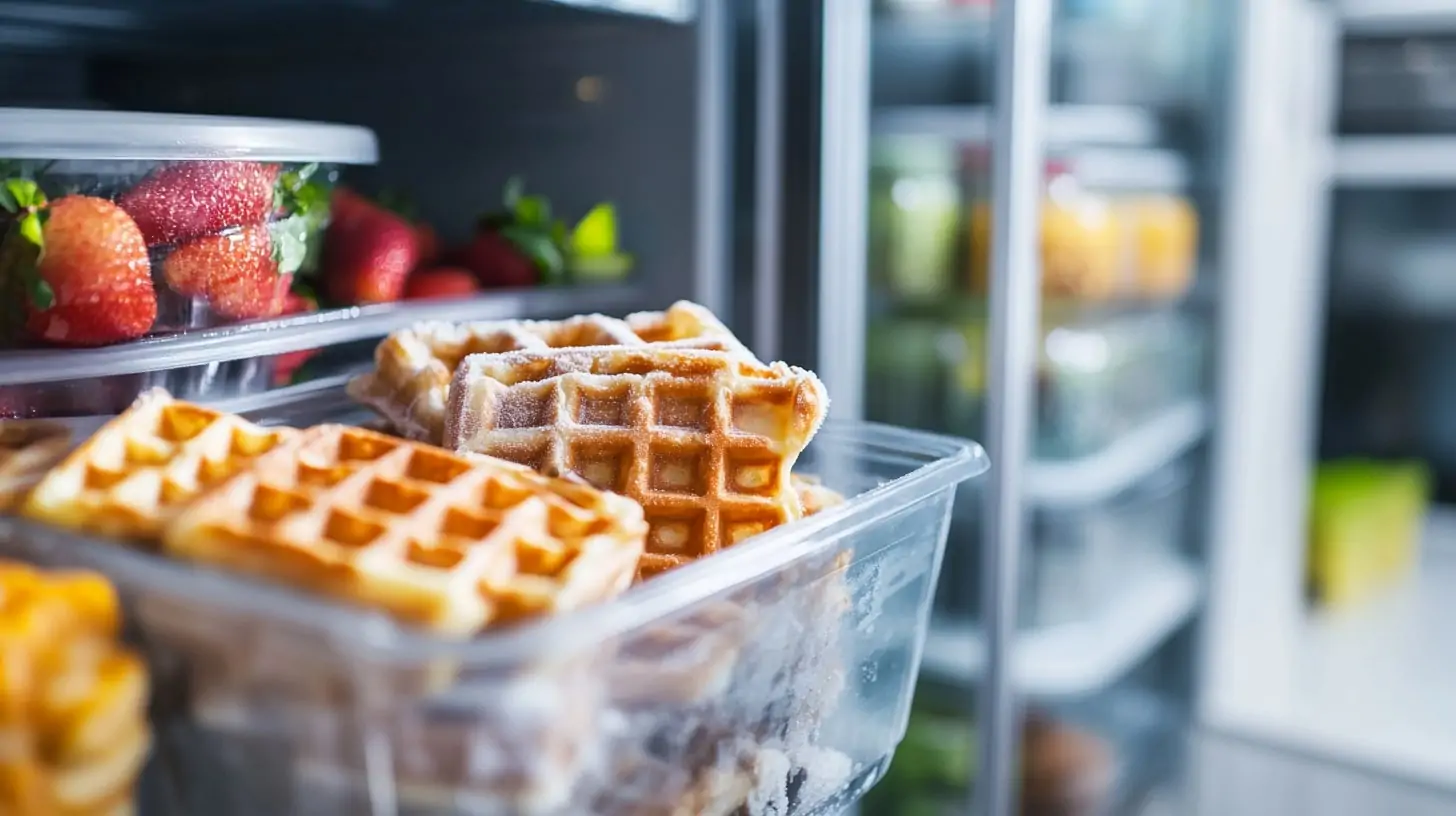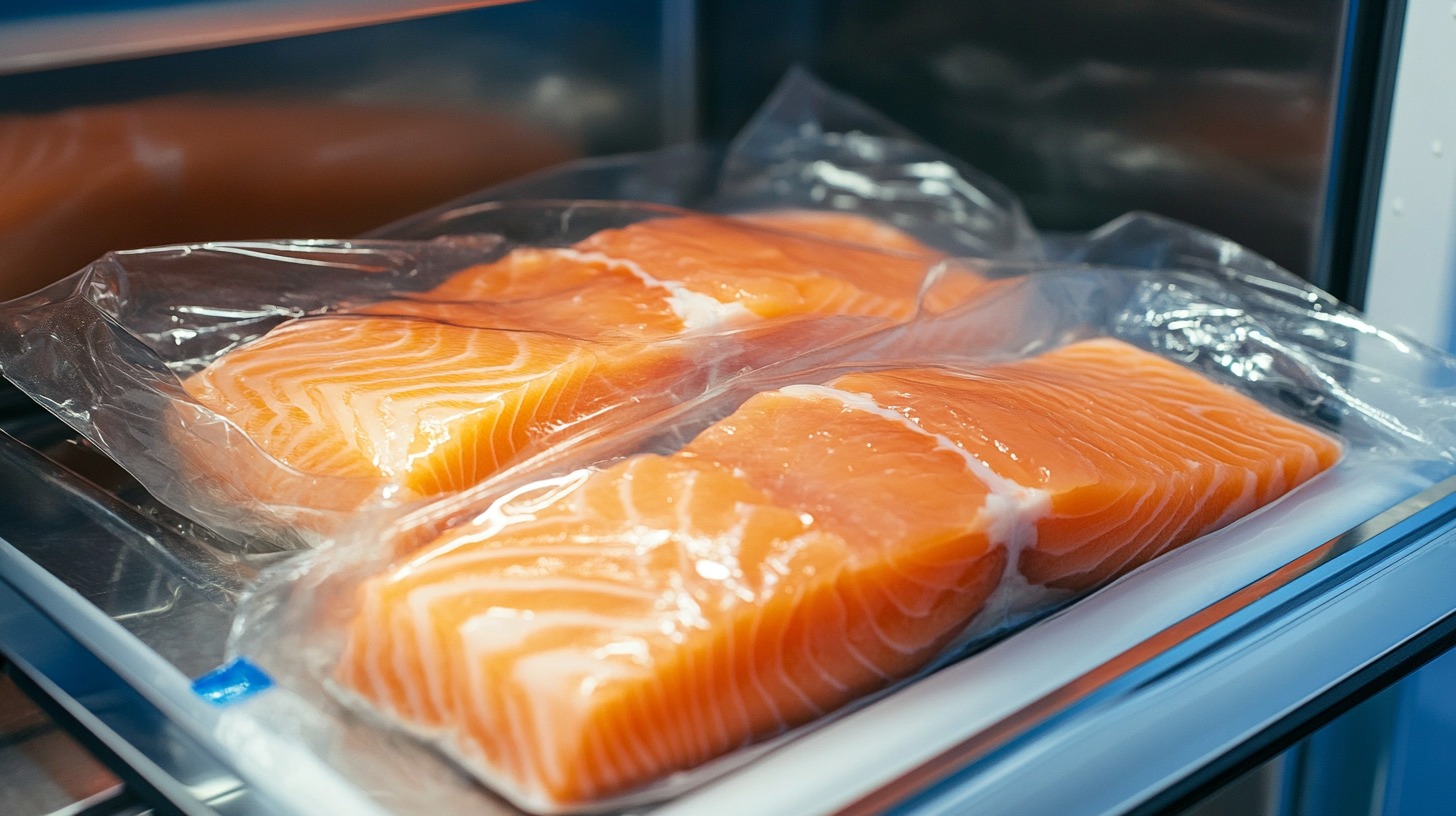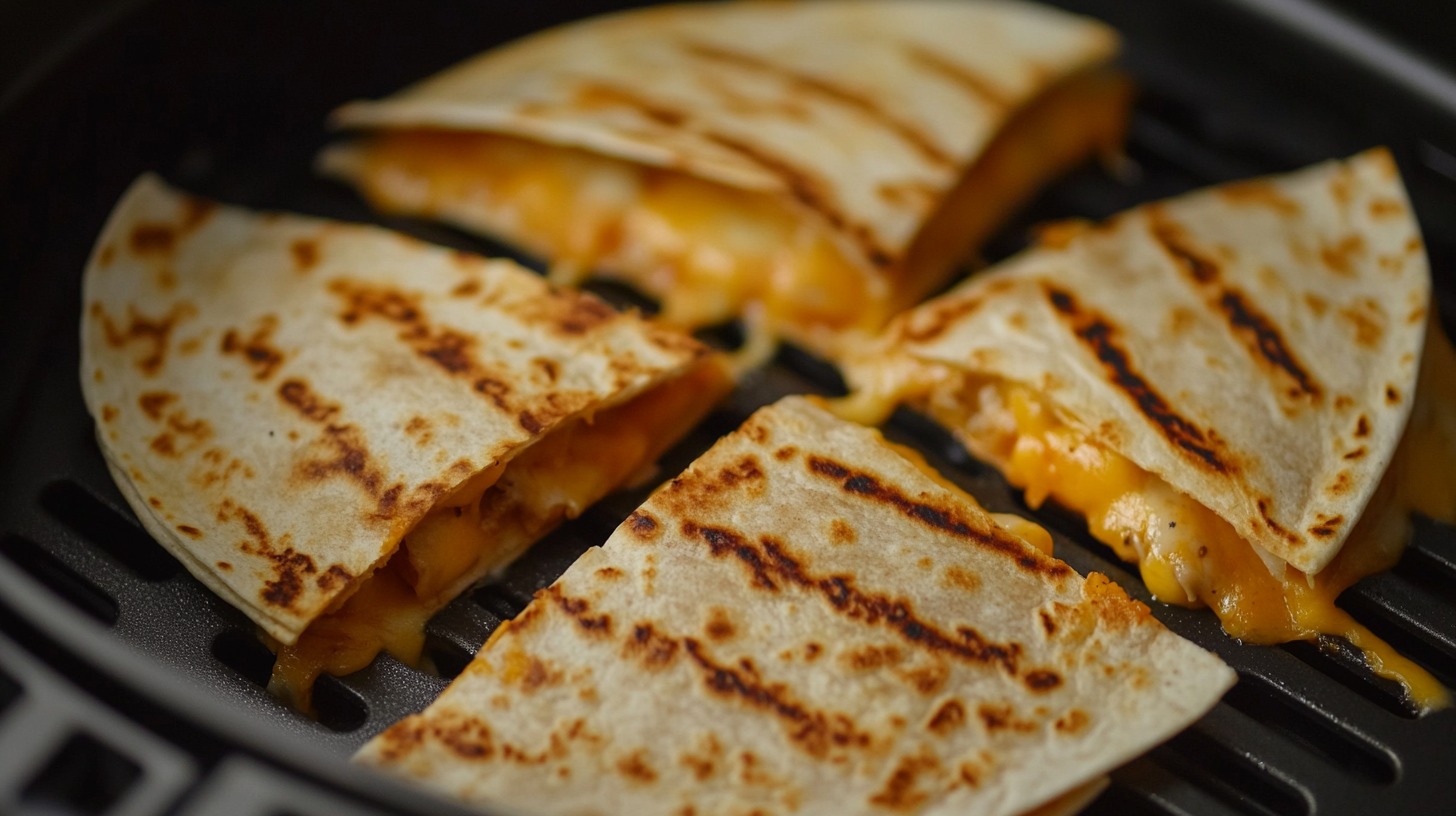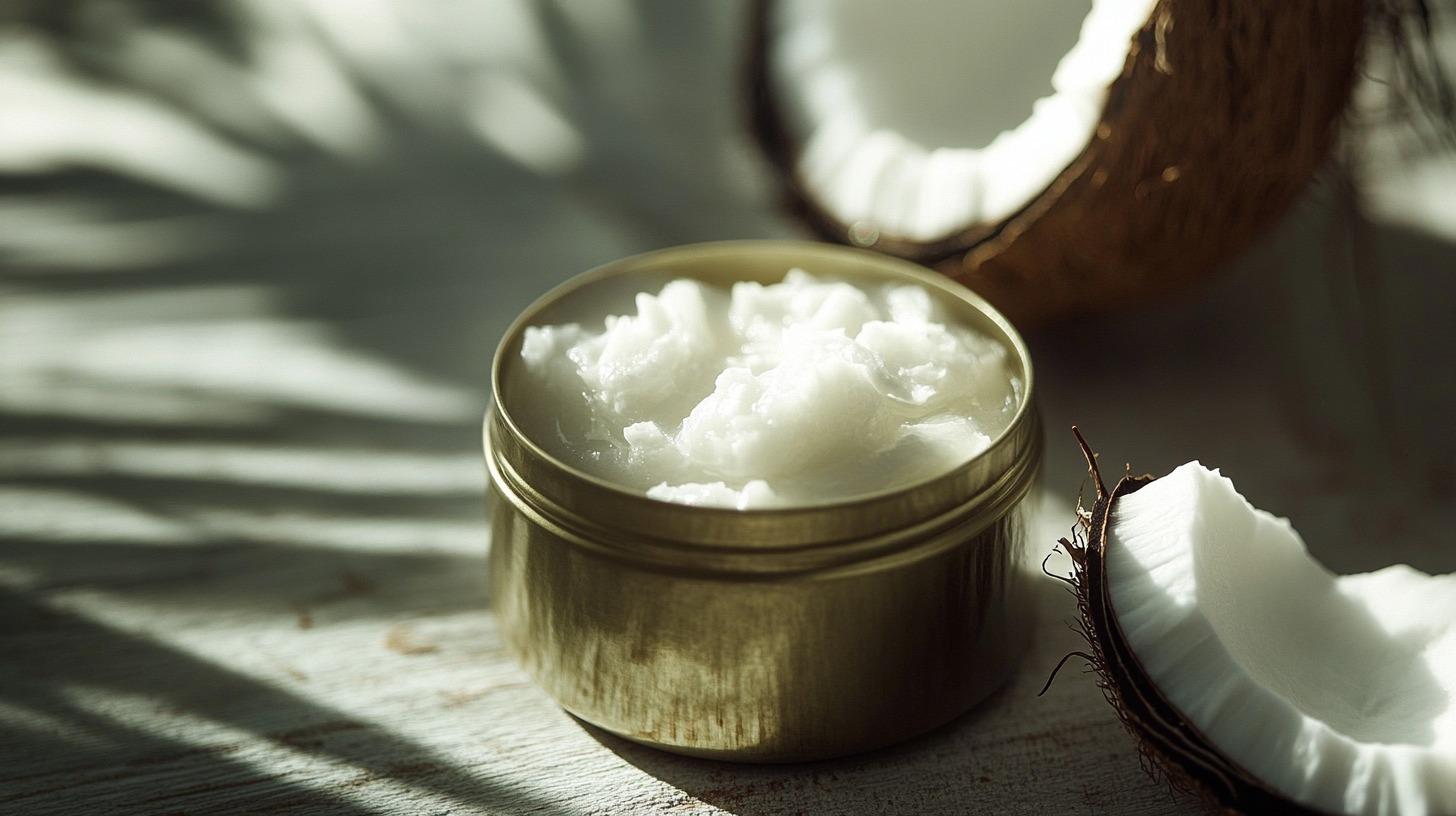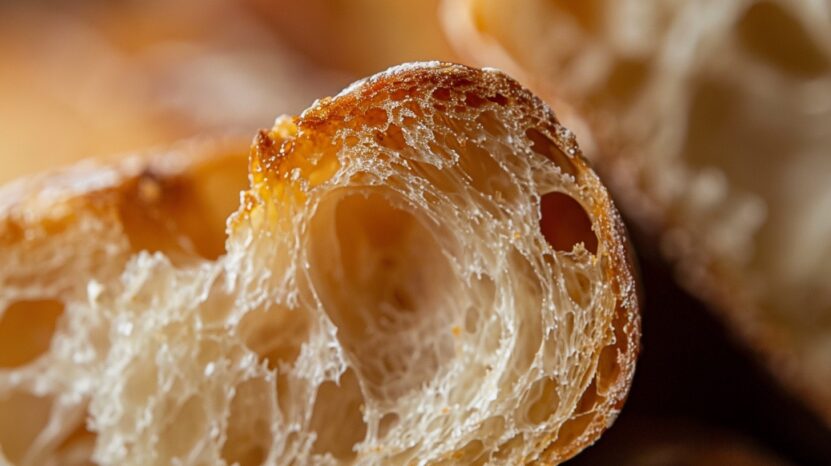
Share Post:
Bread is a go-to in many homes. But if you’re vegan, you might question if your favorite loaf is actually vegan-friendly. Bread seems straightforward—just flour, water, yeast, and salt—but it’s a bit more complex than that. Let’s see how you can ensure the bread you eat fits your lifestyle, shall we?
What to Look For
Reading and understanding food labels can be tricky, but it’s a must if you’re sticking to a vegan diet. Here’s how to make it easier:
Ingredients List
Always check out the ingredients list! Look for common non-vegan stuff. This list is your go-to when figuring out if a bread product is vegan.
Allergen Statements
Look for allergen statements like “contains milk” or “contains eggs.” These can quickly tell you if something isn’t vegan. These statements are usually near the ingredients list and give you a quick heads-up on common non-vegan ingredients. They’re not perfect, but they’re a good starting point.
Certifications
Keep an eye out for vegan certifications or symbols on the packaging. This can give you peace of mind that the product is vegan-friendly.
Certifications from reputable groups like the Vegan Society or Vegan Action mean the product has been checked to make sure it doesn’t have any animal stuff.
Common Non-Vegan Ingredients
When you’re trying to figure out if bread is vegan, there are some ingredients you should definitely keep an eye out for. These sneaky non-vegan ingredients can pop up in bread recipes, making it tricky to spot vegan options.
1. Milk and Dairy Products
Milk, butter, and yogurt can make bread taste richer and softer. But, guess what? They’re not vegan. Always check the label for these. You can easily swap them out with plant-based alternatives like almond milk or soy milk to get the same yummy results.
2. Eggs
Eggs add moisture and help bind the dough together. If a recipe calls for eggs, it’s a no-go for vegans. Thankfully, there are awesome vegan substitutes like flax eggs or chia eggs that do the trick without using animal products.
3. Honey
Honey is a natural sweetener, but since bees make it, it’s off the vegan list. Look for sweet alternatives like agave or maple syrup. These plant-based sweeteners can replace honey perfectly and add their own unique flavors.
4. Lecithin
Lecithin is an emulsifier that can come from soy (vegan) or eggs (not vegan). If it doesn’t say where it’s from, better to skip it. Soy lecithin is a common vegan-friendly option used in lots of products.
5. Mono- and Diglycerides
These ingredients help bread last longer and improve its texture. They can come from plants or animals, so if the label doesn’t specify, it’s safer to avoid them. Look for bread that clearly states it uses plant-based emulsifiers or is labeled vegan.
6. Casein and Whey
Casein and whey are milk proteins that some bread products use. These aren’t vegan-friendly. They’re often added to boost protein content and texture. Be sure to read labels carefully to avoid them.
Vegan-friendly protein sources like pea protein or hemp protein are great alternatives.
Hidden Non-Vegan Ingredients
Sometimes, non-vegan ingredients sneak into our food without us realizing it. These hidden ingredients can be tricky to spot because they’re often listed under scientific or technical names. Here are a few you should keep an eye out for:
1. L-Cysteine
L-cysteine is an amino acid used to make dough softer and easier to work with. The catch? It’s often made from human hair or poultry feathers. Gross, right? This ingredient is commonly found in commercial bread to make the dough stretchy and elastic.
But don’t worry, there are synthetic, vegan-friendly alternatives out there. So, when you’re buying bread, check for those instead.
2. Gelatin
Gelatin, which comes from animal collagen, sometimes finds its way into bread to improve texture. It’s common in many processed foods, giving them that chewy feel. Luckily, there are vegan alternatives like agar-agar or pectin that do the same job without any animal products. Look for bread that uses these plant-based options.
3. Animal-Based Enzymes
Enzymes are the magic that helps bread rise and gives it a nice texture. While some enzymes are plant-based, others come from animals. To make sure your bread is vegan, look for labels that say they use plant-based enzymes or are explicitly marked as vegan. Many artisanal and organic breads stick to natural, plant-based enzymes.
Types of Vegan Bread
| Bread Type | Traditional Ingredients |
|---|---|
| Sourdough | Flour, water, salt, sourdough starter |
| Ciabatta | Flour, water, salt, yeast |
| Baguette | Flour, water, yeast, salt |
| Pita Bread | Flour, water, yeast, salt |
| Focaccia | Flour, water, yeast, salt, olive oil |
| Flatbreads | Flour, water, yeast, salt (sometimes includes other basic ingredients) |
Fun fact: Did you know that Oreos are vegan friendly?
How to Ensure Your Bread is Vegan When Dining Out
Eating out as a vegan can be a bit tricky, but with a few simple tips, you can make sure the bread you’re served is totally vegan-friendly.
Just Ask
Don’t hesitate to ask the server if the bread has any dairy, eggs, or animal products. Ask detailed questions about the ingredients. Most servers and chefs are cool with giving you this info and making sure your needs are met.
Check the Menu Online
A lot of places list their ingredients online. Take a peek before you head out. This can save you time and help you make better choices. Look for vegan options or dishes that can be tweaked to fit your diet.
Pick Vegan-Friendly Spots
Go for restaurants that cater to vegans. They usually have vegan bread options. Vegan or vegan-friendly places get what you need and are more likely to have plant-based ingredients in their dishes.
In Summary
If you know what to look for and which brands to trust, you can enjoy yummy bread without straying from your vegan lifestyle.

